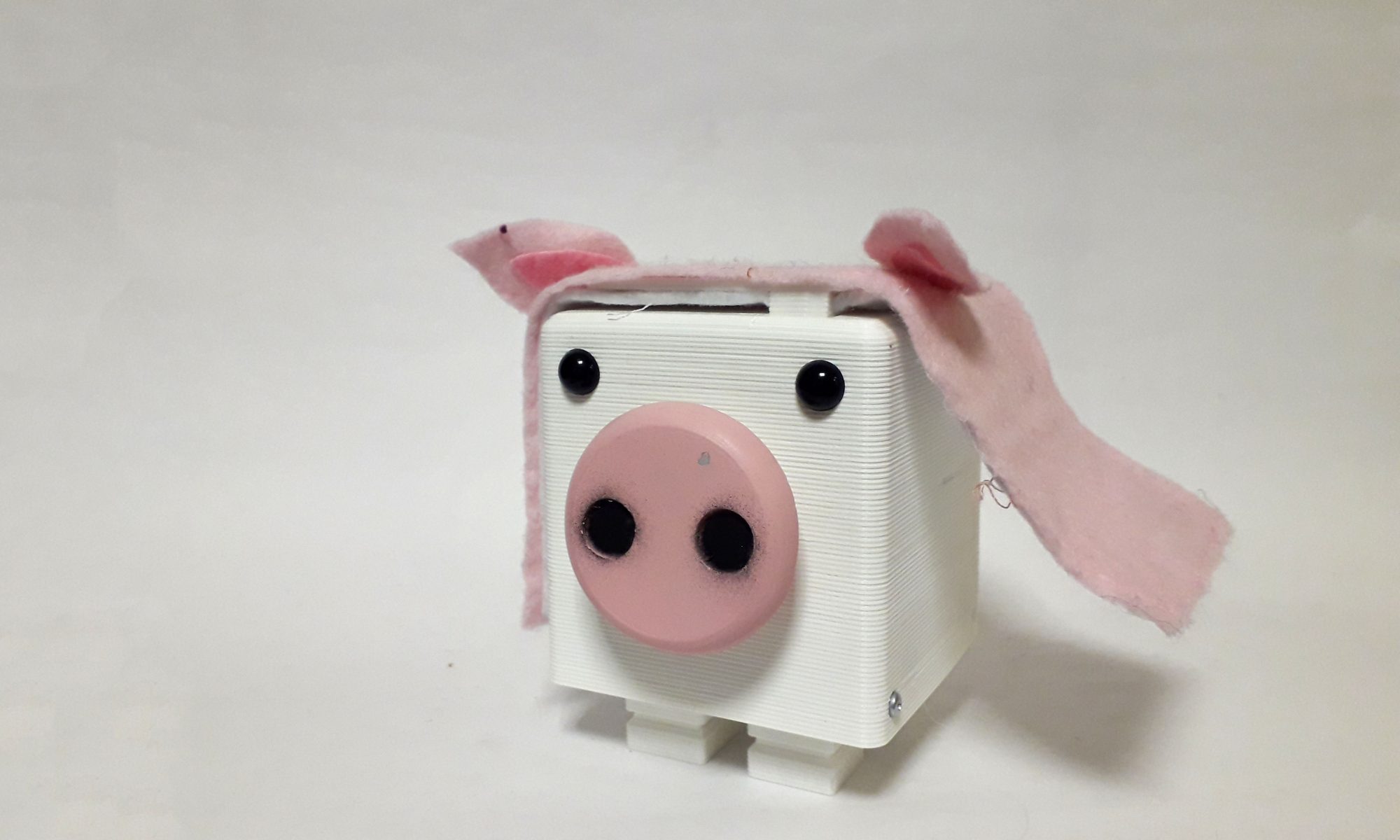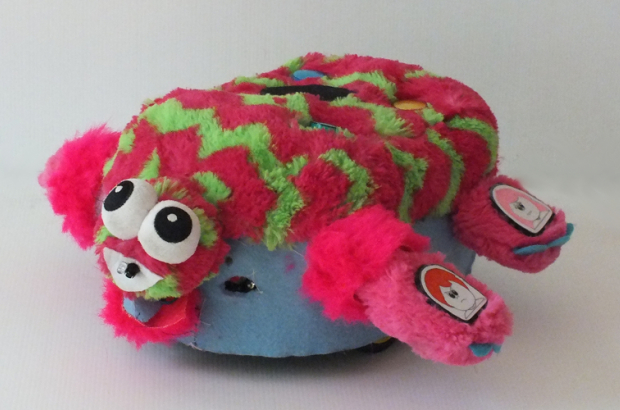- Daily & Weekly newsletters
- Buy & download The Bulletin
- Comment on our articles
Playing around with social robots in healthcare
Huawei’s TECH4ALL initiative aims to ensure nobody is left behind in the digital world by encouraging digital inclusion programs and empowering technology adoption globally. The project is similar to some of the work happening within academia across Europe, where research projects are focused on harnessing technology for societal good.
Professor Bonarini has spent 10 years investigating this cause at the laboratory of Artificial Intelligence and Robotics of Politecnico di Milano (AIRLab), through the development of games involving robots and people. He spoke to Huawei about the Playbot4all initiative, a technology-led project that investigates how robotics can be used within society.
What can you tell us about PlayBot4All?
Playbot4all is a hub for people who want to develop robotics technology and experiment with the application of it. Our work is aimed at utilising robotics and associated technologies to help people with cognitive disabilities and neural disorders.
We want everyone to enjoy play, regardless of their age, demographic or the state of their health. Play is a critical experience for everybody; it helps people use creativity while developing imagination and dexterity. It also has cognitive and emotional benefits.

People affected by autism are overwhelmed by signals which make play difficult. Our robots help people overcome this; to manage signals more effectively and support the development of the abilities their condition limits. Research has proven that if you work with children at a young age, you can help them overcome some limitations through positive behavioural reinforcement.
How do your robots work?
We have prototyped 40 robots that are being used in healthcare settings across Italy. There are two different interactions we encourage. The first is free interaction where the robot responds to movement, or manipulation, for example hugging. One robot is an 80 cm high egg-shape, on wheels. The electronics are installed within the first 8cm so the rest is soft material. Some children ride on it, others hug or punch it, obtaining reactions.

We use artificial intelligence and the internet of things to enable affective computing. This means our robots sense the emotional state of the user and are programmed to respond in a specific way, by moving, or producing sounds and light effects.
The other interaction is structured games: through buttons, sensible areas or movement; people interact with the robot to achieve a goal.
How closely do you work with healthcare facilities when developing these robots?
We have an excellent relationship with healthcare facilities throughout Italy and some robots were developed with therapists. We have a monkey robot that plays ring-a-roses. Autistic children don’t like to interact with, or touch other people, so the purpose of the monkey is to encourage touch. When you link its hands in a circle, the monkey starts singing and dancing, but when you let go and disrupt the link, it stops.
What is the role of the robot within the care relationship?
Robots are designed to work together with therapists, not to replace them. But, there are some things a child can’t do with a therapist for which they need a robot. For example, our robots can cry when a child punches them, to support the development of a child’s emotional intelligence. This is something you can’t do without a robot – we can’t have children punching therapists. Some robots are designed for therapists to control, so they can manage the interaction with the patient as part of individual support programmes.
How far away are we from seeing mass adoption of robots like these in society?
With development, we are nearly there. Technology is so advanced that we can develop highly effective robots but the challenge with PlayBot4All is that it’s not easy to make our robots available.
There are examples of toy companies that, as soon as they added ‘suitable for people with cognitive disorders’ on the box, it deterred people from buying the product if their children did not have these disabilities. Those we tailor our toys for are considered too much of a minority for businesses to profit from on the mass market. This is another motivation to have robots anybody can enjoy to play with.

One way around this is to sell the toys to healthcare establishments, but they usually have limited budgets so we need to ensure the cost of the technology within the toys is low enough.
We have been considering making the technology behind the robots open source and providing information on how to fabricate them. We are looking at different microprocessors (ESP32, Arduino, Raspberry Pi) etc. as well as low cost mechanical components, sensors and materials.
It sounds like an expensive initiative – how is it funded?
We received funding from the European COST LUDI network for meetings and developing ideas. In Italy, there are public funds that are assigned to societal projects each year so we received some money from these as well.
I also fund the project personally. When we teach additional hours, we receive additional pay and I put my extra income towards the project. I believe in its purpose, and that technology can benefit everyone in society. Technology should be accessible to all.
What does the future look like for your work?
We are continuing to develop our robots with a focus on learning and actuation and investigating the technologies and systems that enable robots to interact with people autonomously. The challenge is matching the robot to the abilities of the user. Therefore we use machine learning and AI to optimise engagement.

We are also looking at affordability. The cost of robots varies – typically anything from €45 to €4,000. At €45 there is little profit for a retailer. At €4,000 few people can afford it. Open source may be a possible route. We are passionate that societal robots will one day be as commonplace as industrial robots.
Professor Bonarini and Huawei are continuing to collaborate and share their projects, working together with technology for the benefit of wider society. Huawei is also investigating how its own technology solutions can support Playbot4all and similar projects.
For more information about PlayBot4All, visit http://playbot4all.polimi.it/
An invitation
Huawei eco-Connect Europe 2020 — our annual flagship event for the European region — will be held exclusively online, October 20–21, 2020.
Over two days, we’ll focus on cooperation with customers and partners, with joint solutions that bring value to businesses and support the unified evolution of Information and Communications Technologies (ICT). During the event, you’ll have access to more than ten forums as well as a virtual online showroom where you can:
- Discuss ideas with industry experts, thought leaders, and business decision makers.
- Chat with customers and partners to explore business opportunities.
- Learn from top technical experts and developers.
- Gain insights into the latest industry and technology trends.
- Experience cutting-edge applications and digital platforms.
















